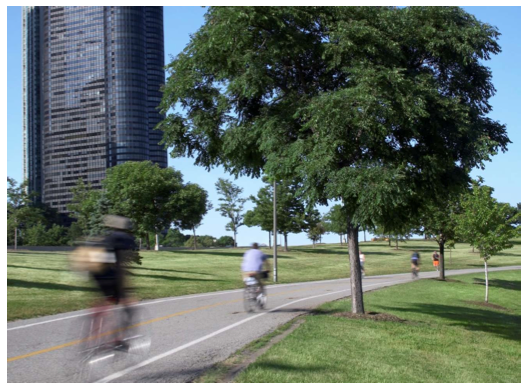SAFETREC
Introduction
The public road system in the U.S. is the world’s busiest, sustaining more than 3 trillion vehicle- miles of travel each year on a network of more than 4 million miles of roads and highways. It has had enormous positive impacts on U.S. society, driving economic growth and innovation, providing mobility and opportunity to its users, and helping the U.S. maintain its global economic competitiveness.
This system was built with a focus on motor vehicles; only recently has substantial funding and attention been given to transit, walking, and bicycling. There is still a huge disparity in how we travel: between 1990 and 2009 the yearly vehicle-miles traveled for passenger cars and light-duty trucks increased by 39 percent; yearly motor fuel consumption rose 27 percent, to 168 billion gallons. And for those unable or unwilling to purchase and use a private automobile for transportation, there can be disparate access to economic opportunity, services, and social interaction.
Enhancing multimodal surface transportation will provide more options for travel and at the same time advance important public health goals. Doing so will expand beyond immediate goals such as investing in infrastructure, developing more sustainable transportation systems, and supporting economic recovery. Doing so will enable more distal, but equally worthy outcomes including: improving people’s health and well-being and reducing health care costs; increasing physical activity; and improving air quality and reducing consumption of fossil fuels and unwanted emissions, including those that contribute to climate change.
Both the general public and the government have a strong interest in improving health, bringing down health care costs, and reducing energy use and traffic congestion. The report is divided into three chapters to focus on the following policy areas: policies that improve the environment and environmental health; policies that enhance community design and promote active transportation; and policies that reduce motor vehicle-related injuries and fatalities.
About SafeTrec
www.safetrec.berkeley.edu
“The Safe Transportation Research and Education Center’s research goal is to effectively tap UC Berkeley’s diverse community of experts in public health, transportation engineering and planning, vision, human factors, technology and other disciplines to execute research projects that address traffic safety issues in California and beyond.”
Tags: Safe Transportation Research and Education Center, SAFETREC, University of California at Berkeley







 RSS Feed
RSS Feed